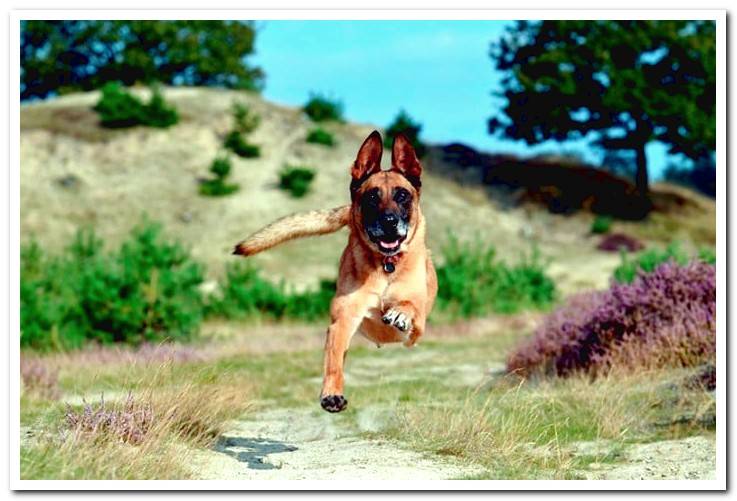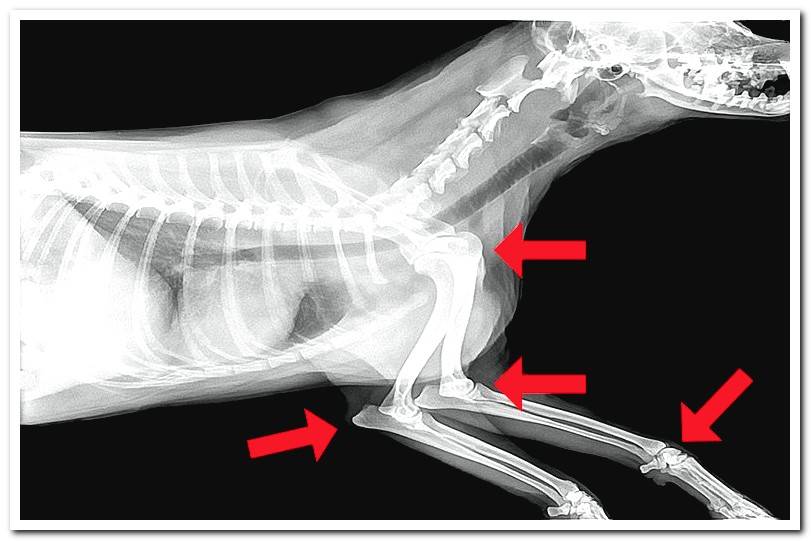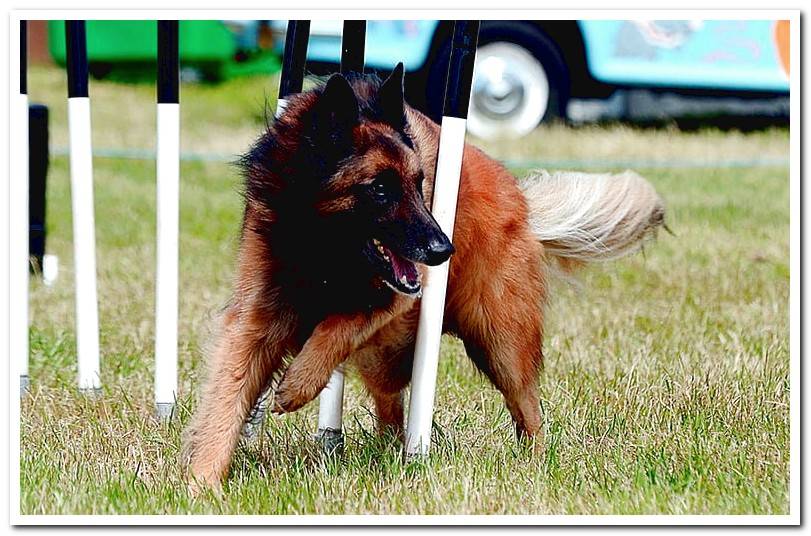
Like people, our furry companions can suffer joint problems. Alterations at the articular level translate into pain, decreased mobility and, ultimately, a worsening of the quality of life of our pets.
At any sign of joint pain such as lameness, non-elevation of the paw when urinating, loss of desire to play, etc., we must go with our dog to the vet to establish a diagnosis and treatment guidelines.
However, we should not wait for health problems to take action, it is convenient to strengthen our dog’s joints from the early stages. For this, we leave you some tips on how to strengthen and improve the health of our dog’s joints.
Index of contents
- 1 What is a joint?
- 2 What factors influence joint health?
- 2.1 Weight control
- 2.2 Balanced and complete diet
- 2.3 Physical exercise
- 3 Exercises to improve your dog’s joint health
- 3.1 Walks
- 3.2 Other exercises
- 3.2.1 Cavaletti
- 3.2.2 Squats
- 3.2.3 Screw up
- 3.2.4 Zigzag or movement in eights
- 3.2.5 Walking on slightly soft surfaces
What is a joint?
A joint is an anatomical area of contact between two bones. The joints are generally mobile and, by sliding between the bones that make it up, allow the movement of the extremities and other areas of the body.
To prevent the bones from rubbing against each other in each movement, their ends are protected by articular cartilage, an elastic and resistant structure that protects bones from impact.
If the structures that make up the joint begin to deteriorate, movement is reduced and you experience pain. For this reason, it is convenient to strengthen the joints of the healthy dog, preventing them from degenerating prematurely.

What factors influence joint health?
There are many factors that can directly or indirectly influence joint health, but we will focus on those that we can intervene in:
Weight control
Being overweight increases the load on the joints, this places stress on the cartilage and other joint structures.
When the cartilage is subjected to an overload it decreases in thickness, which makes the bone less protected against impacts, and secondary bone problems may occur.
Therefore, it is essential to keep our dog at its optimal weight through a healthy diet with rations adapted to its needs.
Balanced and complete diet
Our dog’s health is directly related to his diet and nutritional imbalances can lead to serious bone and joint problems.
Feed our dog with a I think high-end ensures that your nutritional needs are properly met.
Furthermore, there are specific supplements to strengthen the nutrition of cartilage and improve joint health such as chondroprotectors, hyaluronic acid or omega 3 fatty acids.
EYE !, you have to be very careful with calcium supplements, since in many cases their administration can be negative for the health of the animal, so they should only be given under veterinary prescription.
Physical exercise
Physical activity is essential for the proper maintenance of the joints and has a number of beneficial effects:
- Supports the nutrition of articular cartilage, improving joint health and mobility
- Improves muscle mass and strength
- Improves coordination and balance
- Increases physical endurance
- Allows you to control or reduce weight
- Prevents future injuries
For exercise to have these positive effects on the joint and global health of our dog, it must be regular and moderate physical activity.
If we perform high intensity exercises that the animal is not used to, we can obtain negative results and even cause injuries.

Exercises to improve your dog’s joint health
To improve the joint health of our pet, it must perform daily moderate intensity exercise.
Walks
Walking is one of the best exercises that our pet can do. Generally recommended are three walks a day of 15 minutes in continuous running.
This means that during the first part of the walk the dog can dedicate itself to sniffing and to relieve himself and after that a minimum of 15 minutes must be spent walking without stops.
Ideally, the animal can walk freely, without its movement being restricted by a leash and without receiving jerks.
Other exercises
In addition to the walks, there are a series of exercises that we can perform 3-4 times per week and that improve musculoskeletal health:
Cavaletti
It consists of the dog overcoming obstacles (bars) with his limbs. The animal must pass each limb over the bar, one by one, it is not worth the animal to jump the obstacle. This exercise improves joint mobility and muscle mass.
Squats
Most dogs know how to sit if asked, so we can take advantage of this ability to strengthen their hindquarters.
Screw up
With the movement of the paw, there is an elevation and extension of the front limb, being a beneficial exercise for the elbow and shoulder joints.
Zigzag or movement in eights
That our pet makes a zigzag or eights movement with his body, improves the mobility of the spine and the muscles of the back.
Walking on slightly soft surfaces
Walking on an inflatable or foam mattress improves tone and muscle strength.
The ideal is to combine this series of exercises as a circuit, so that the animal carries out the different activities in a row.
The number of repetitions for each exercise or the overall duration of a circuit depends on each individual animal, especially its physical state and endurance. Thus, should start with 10 minutes of combined exercises and weekly increasing the duration depending on its progression.
Exercises should be a pleasant activity for the dog, so we should never get to the physical or mental fatigue of the animal.
If any type of discomfort is detected in the dog during these exercises, activity should be discontinued immediately and go to the vet to rule out possible health problems.
With these activities, in addition to strengthening
our dog’s joints, we will be reinforcing our bond with them, and it will be a fun way to spend more time with our furry friends.
